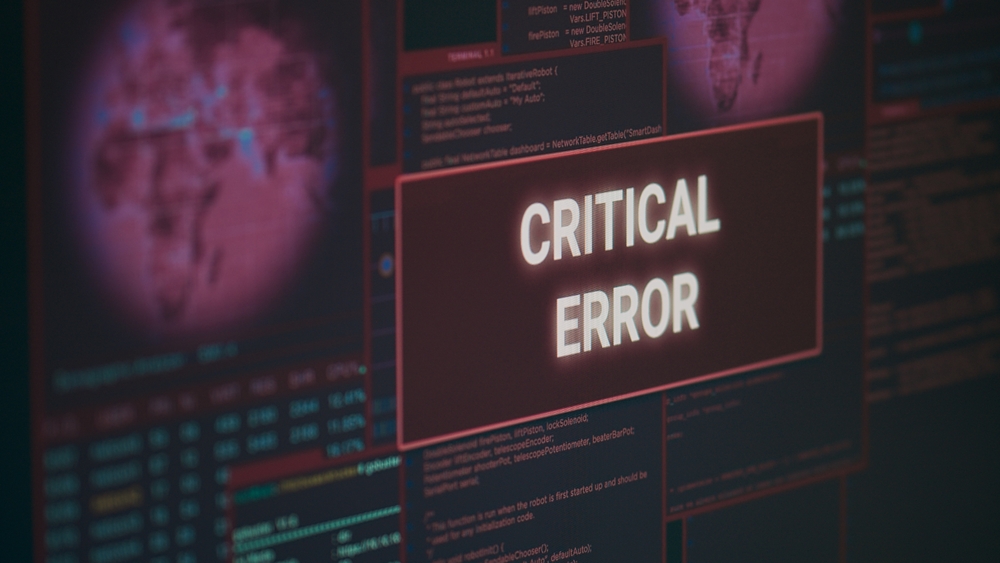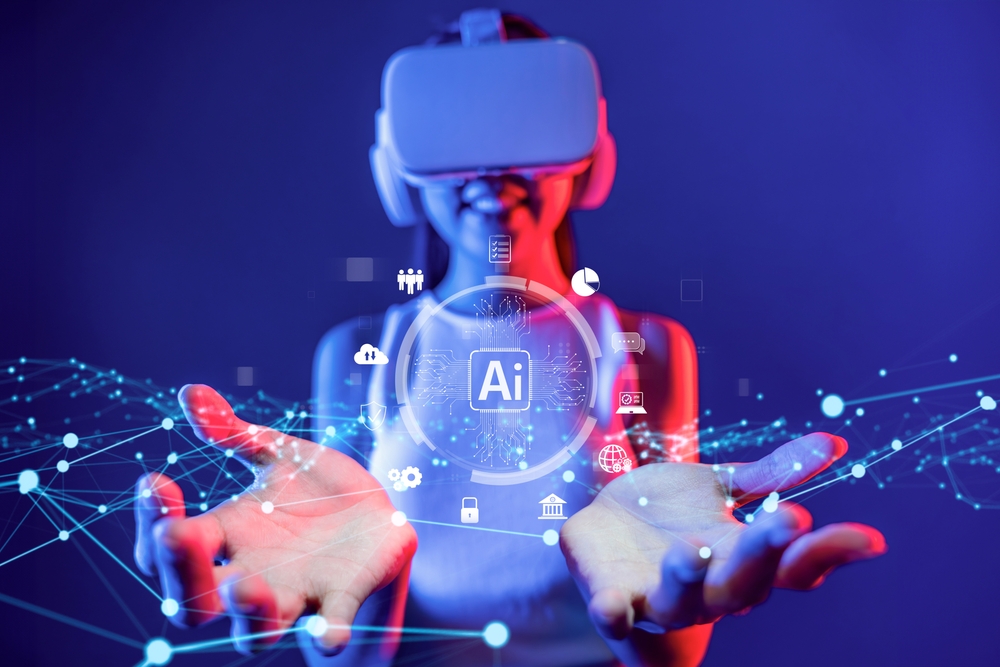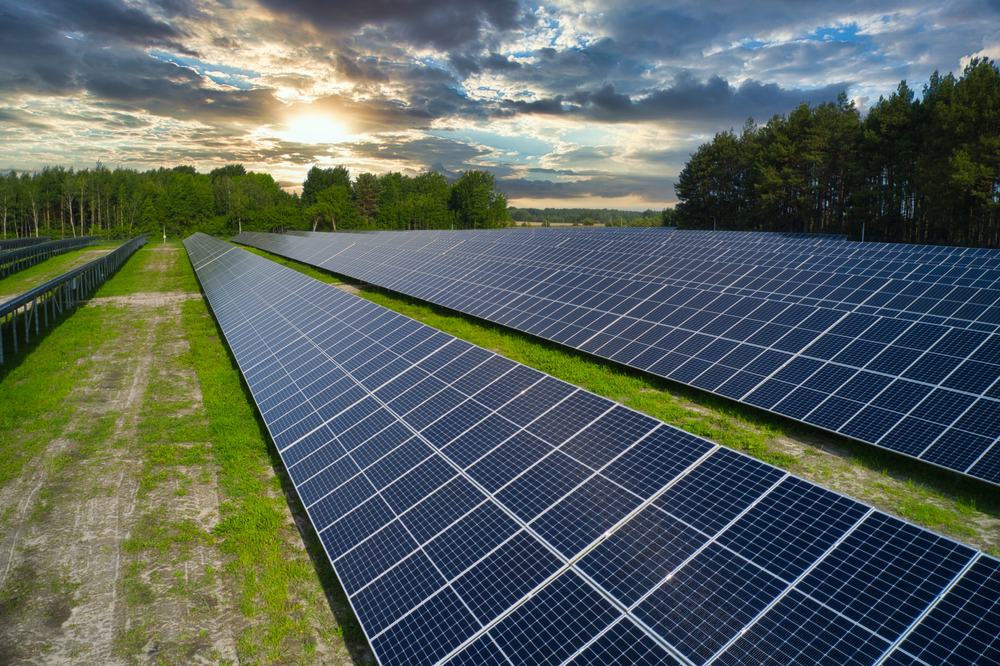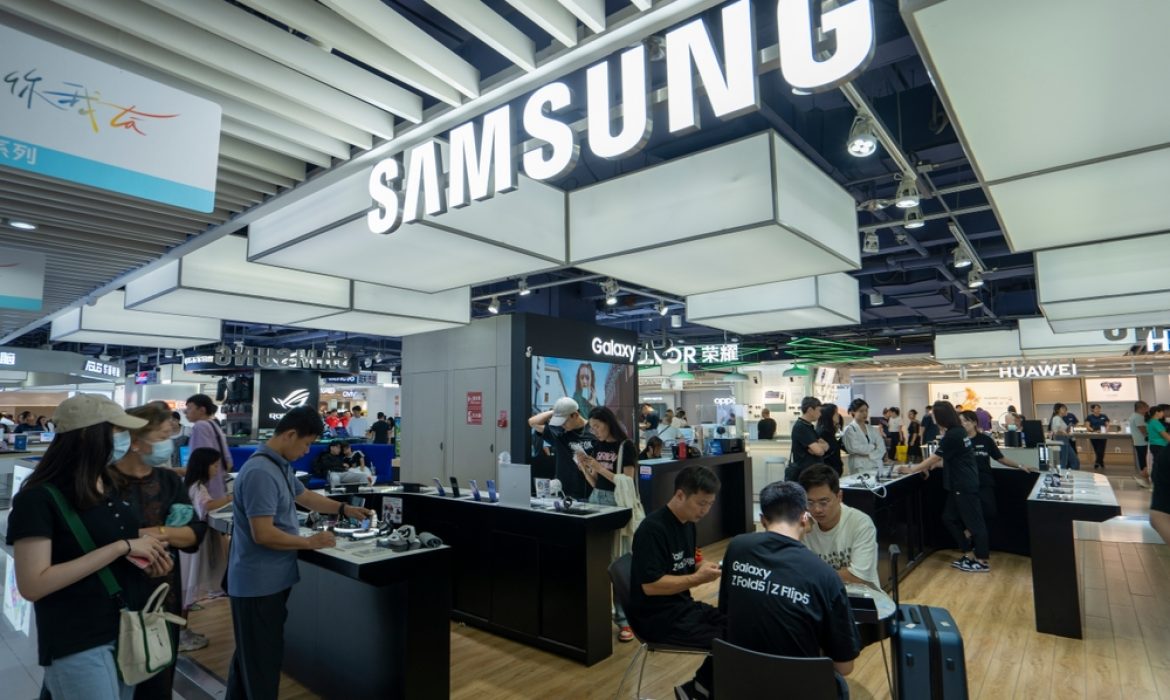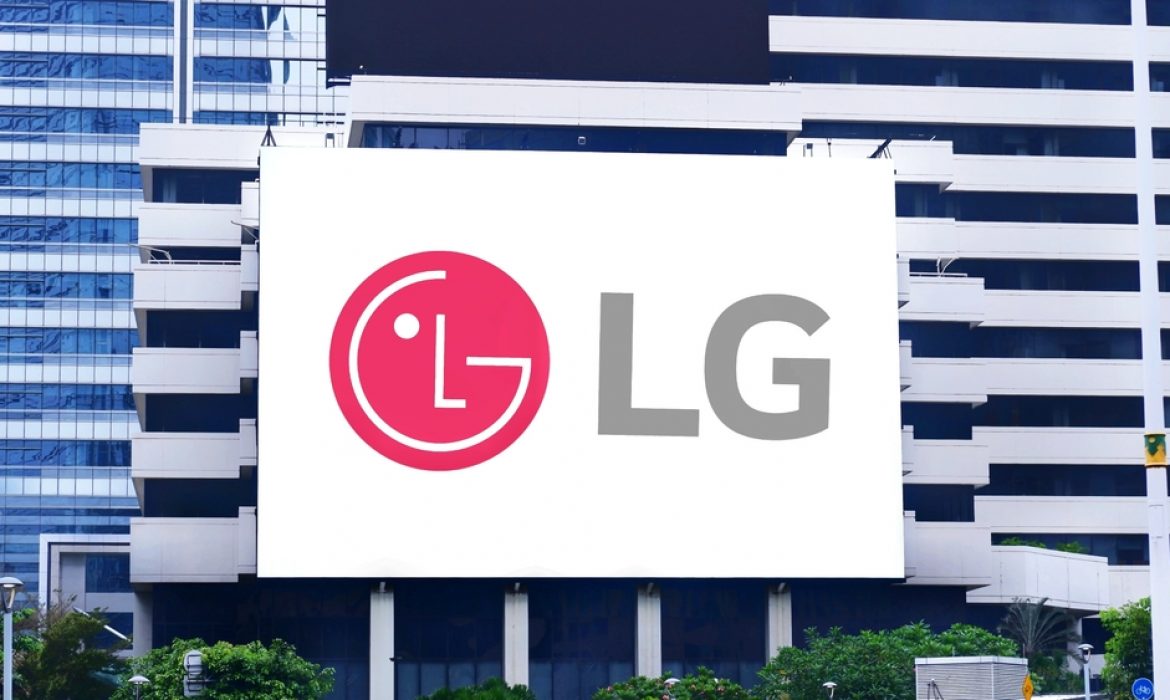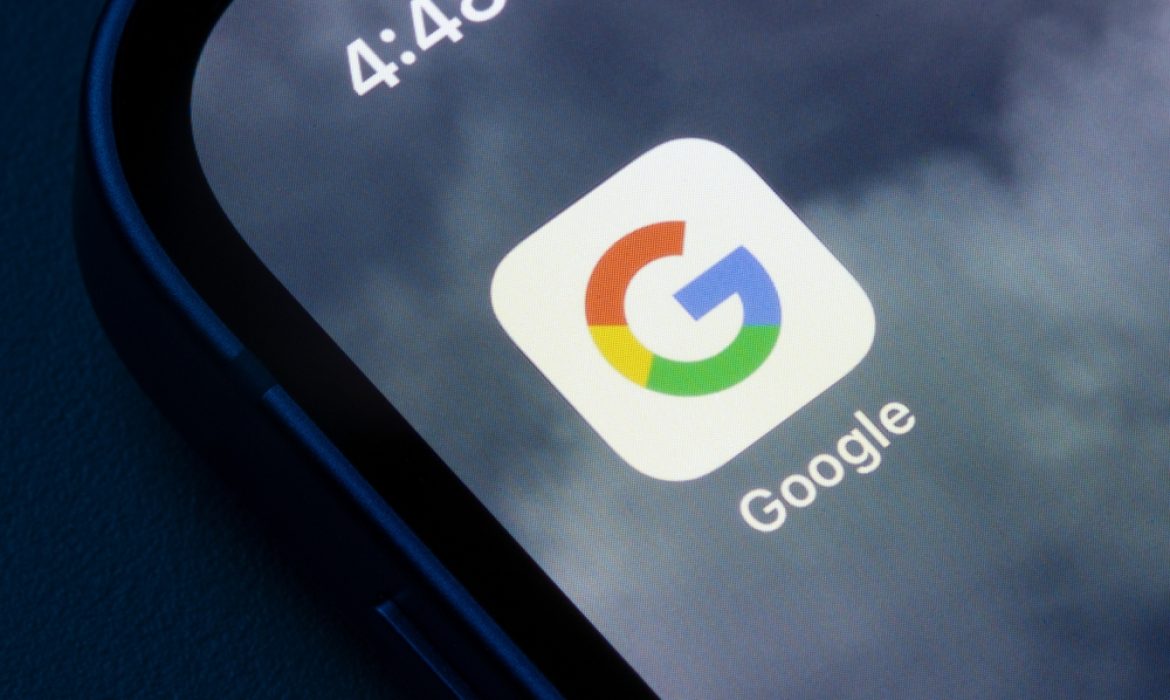“Winning Isn’t for Everyone”: Nike’s Audacious Olympic Push
Nike has unveiled a bold new campaign for the Paris Summer Olympics, marking a significant moment in the sportswear giant’s marketing strategy. Titled “Winning Isn’t for Everyone,” the campaign emphasizes the ruthless drive necessary to reach the top in sports, according to a press release from the company.
The ads, narrated by actor Willem Dafoe, delve into the qualities that drive elite athletes, such as an obsession with power, an insatiable desire for success, and a lack of empathy. Dafoe’s refrain, “Am I a Bad Person?” underscores the narrative, featuring legendary athletes like LeBron James and Serena Williams. Nike is positioning the Paris Olympics as a pivotal moment to reclaim its reputation for bold and conversation-starting marketing.
Some Olympic sponsors have opted for feel-good themes of sportsmanship and camaraderie in their marketing. However, Nike’s campaign takes a subversive approach, exploring traits often seen as negative but which fuel the drive of top-tier athletes. Dafoe, known for his villainous roles, provides an energetic voiceover that questions whether the intense drive to win makes one a bad person, complementing footage of sports icons at their peak.
The campaign includes social media content and out-of-home ads, with billboards in cities worldwide featuring athlete ambassadors alongside provocative copy like “If you don’t want to win, you’ve already lost” and “My dream is to end theirs.” This concept, embodying the elite athlete’s mindset, was inspired by insights from hundreds of Nike’s athlete partners, as stated in the campaign announcement.
Wieden + Kennedy Portland led the campaign, which is the largest marketing initiative undertaken by Nicole Hubbard Graham since she became Nike’s CMO earlier this year, replacing Dirk-Jan “DJ” van Hameren. “This isn’t just a campaign — it’s about celebrating athletes and their winning mindset,” Graham said in an email statement. “It’s a story about what it takes to be the best. The sacrifices, determination, and grit athletes commit to in their pursuit of greatness. The legacies that have yet to be shaped. And the dreams that will be made real. It reminds the world that there’s nothing wrong with wanting to win.”
Nike aims to use the Olympics to rediscover its “sharper and bolder” marketing strategy, focusing on athletes and key sporting moments. The company has admitted to over-focusing on its direct-to-consumer strategy in recent years and facing increased competition from emerging brands in categories it once dominated, like running. In its most recent financial quarter, Nike’s revenue slid 2% year over year to $12.6 billion, prompting the company to cut its guidance for the year.
For more details on Nike’s campaign, visit Marketing Dive.
CrowdStrike Software Glitch Sparks Global IT Disruption, Fix Deployed
As a result of the investigation regarding the global interruption in devices using Windows operating systems, it was determined that the outage is linked to US-based cybersecurity firm CrowdStrike’s software.
The disruption was not caused by a cyber-attack, the Information Technologies and Communication Authority of Türkiye announced on Friday.
“CrowdStrike is aware of reports of crashes on Windows related to the Falcon Sensor,” the firm said on its website. George Kurtz, CEO of CrowdStrike, said on the X platform his firm is actively working with customers impacted by a defect found in a single content update for Windows hosts.
“This is not a security incident or cyberattack. The issue has been identified, isolated and a fix has been deployed,” he stressed.
He recommended customers update their devices from the support portal while the firm will continue to provide complete and continuous updates. “We further recommend organizations ensure they’re communicating with CrowdStrike representatives through official channels. Our team is fully mobilized to ensure the security and stability of CrowdStrike customers,” he added.
He also said Mac and Linux hosts are not impacted by the outage.
Troy Hunt, a regional director at Microsoft, said on the X platform that the issue is not a “Microsoft outage,” it’s a CrowdStrike issue impacting Microsoft PCs. Microsoft has said on the X platform that its services are seeing continuous improvements while it continues to take mitigation actions. Microsoft also stated that its services, PowerBI, Microsoft Fabric, Microsoft Teams, and Microsoft 365 admin center, were affected by the IT outage.
“We’re closely monitoring our telemetry data to ensure this upward trend continues as our mitigation actions progress,” it noted.
The IT outage has affected many sectors from aviation to health and TV channels so far. A major IT outage has disrupted businesses and institutions worldwide, affecting services ranging from airlines and airports to banks and supermarkets. In the UK, Sky News went off the air, and the largest train company warned of disruptions due to widespread IT issues. The outage has been linked to problems at Microsoft, which confirmed service degradation affecting many of its popular applications.
Business and institutions around the world have been knocked offline after a major IT outage.
In the UK, Sky News is off the air, while Britain’s biggest train company warned passengers to expect disruption because of “widespread IT issues.” Around the world, banks, supermarkets, and other major institutions reported computer issues disrupting services, with some airlines warning of delays and some airports grounding flights.
Overnight, Microsoft confirmed it was investigating an issue with its services and apps, with the tech giant’s service health website warning of “service degradation” that meant users may not be able to access many of the company’s most popular services, used by millions of businesses and people around the world.
Cybersecurity expert Troy Hunt also reported seeing issues at global cybersecurity firm CrowdStrike, with Australian telecoms firm Telstra posting to X, formerly Twitter, that the worldwide outage was “because of a global issue affecting both Microsoft and CrowdStrike.”
Among the impacted firms are Ryanair, with the airline posting on its website: “Potential disruptions across the network (Fri 19 July) due to a global third-party system outage.
“Affected passengers will be notified, and any passengers traveling across the network on Fri 19 July should check their Ryanair app for the latest updates on their flight. We advise passengers to arrive at the airport three hours in advance of their flight to avoid any disruptions. We regret any inconvenience caused to passengers by this third-party IT issue, which is outside of Ryanair’s control and affects all airlines operating across the network.”
Edinburgh Airport said the IT outage is causing longer waiting times.
A spokesperson said: “An IT system outage means wait times are longer than usual at the airport. This outage is affecting many other businesses, including airports. Work is ongoing to resolve this, and our teams are on hand to assist where we can. Passengers are thanked for their patience.”
Meanwhile, Govia Thameslink Railway (GTR) – parent company of Southern, Thameslink, Gatwick Express, and Great Northern – warned passengers to expect delays because of the issue.
All Eyes on AI to Drive Big Tech Earnings
Over the next two weeks, the quarterly results of Big Tech giants will offer a glimpse into the bankability of artificial intelligence and whether the major investments AI requires are sustainable for the long haul. Analysts at Wedbush Securities, one of Wall Street’s biggest believers in AI’s potential, expect “growth and earnings to accelerate with the AI revolution and the wave of transformation” it is causing.
The market generally agrees with this rosy AI narrative. Analysts forecast double-digit growth for heavyweights Microsoft and Google, in contrast to Apple, a latecomer to the AI party, with only three percent growth expected. The iPhone maker, which releases its results on August 1, unveiled its new Apple Intelligence system only last month and plans to roll it out gradually over the next months, and only on the latest models.
CFRA analyst Angelo Zino believes that the impact of these new features will not be felt until the iPhone 16 launches in September, the first to feature the new AI powers built-in across all options. But he expects Apple’s upcoming earnings to show improvement in China sales, a black spot since last year.
“Apple’s forecasts for the current quarter will be important in assessing the company’s momentum,” said Zino. But “if there’s one that we were maybe a little bit more concerned about, versus the others, it would be Meta,” he said.
He pointed out that Mark Zuckerberg’s company raised its investment projections last April as it devoted a few billion dollars more on the chips, servers, and data centers needed to develop generative AI. CFRA expects Meta’s growth to decelerate through the end of the year. Combined with the expected increase in spending on AI, that should put earnings under pressure.
As for the earnings of cloud giants Microsoft (July 30) and Amazon (August 1), “we expect them to continue to report very good results, in line with or better than market expectations,” said Zino.
Microsoft is among the best positioned to monetize generative AI, having moved the fastest to implement it across all its products, and pouring $13 billion into OpenAI, the startup stalwart behind ChatGPT. Winning the big bet on AI is “crucial” for the group, said Jeremy Goldman of Emarketer, “but the market is willing to give them a level of patience.”
The AI frenzy has helped Microsoft’s cloud computing business grow in the double digits, something that analysts said could be hard to sustain. “This type of growth cannot hold forever, but the synergies between cloud and AI make it more likely that Microsoft holds onto reliable cloud growth for some time to come,” Goldman said.
As for Amazon, “investors will want to see that the reacceleration of growth over the first quarter wasn’t a one-off” at AWS, the company’s world-leading cloud business, said Matt Britzman of Hargreaves Lansdown. Since AWS leads “in everything data-related, it should be well placed to capture a huge chunk of the demand coming from the AI wave,” he added.
The picture “might be a little less clear” for Google parent Alphabet, which will be the first to publish results on Tuesday, “because of their search business” online, warned Zino. “Skepticism around AI Overviews,” introduced by Google in mid-May, “is certainly justified,” said Emarketer analyst Evelyn Mitchell-Wolf.
This new feature, which offers a written text at the top of results in a Google search, ahead of the traditional links to sites, got off to a rocky start. Internet users were quick to report strange, or potentially dangerous, answers proposed by the feature that had been touted by Google executives as the future direction of search.
According to data from BrightEdge, relayed by Search Engine Land, the number of searches presenting a result generated by AI Overviews has plummeted in recent weeks as Google shies away from the feature. Still, many are concerned about the evolution of advertising across the internet if Google pushes on with the Overviews model, which reduces the necessity of clicking into links. Content creators, primarily the media, fear a collapse in revenues.
But for Emarketer’s Mitchell-Wolf, “as long as Google maintains its status as the default search engine across most smartphones and major browsers, it will continue to be the top destination for search, and the top destination for search ad spending.”
Source: TechXplore
China and India’s Coal Dependency Keeps CO2 Emissions Steady
China Three Gorges Renewables Group is set to construct an 8 GW solar farm as part of an ambitious $11 billion integrated energy project in Ordos, Inner Mongolia. This massive undertaking will not only be the largest solar farm in the world but will also include a diverse mix of energy sources aimed at bolstering China’s renewable energy capacity.
The project will consist of 8 GW of solar power, 4 GW of wind power, 5 GWh of energy storage capacity, and 200 MW of solar thermal energy. Additionally, it will incorporate 4 GW of coal-fired power, reflecting a mixed approach to meeting the region’s energy needs. This integrated energy site is designed to support the power demands of the Beijing-Tianjin-Hebei cluster through an ultra-high voltage power transmission line, ensuring efficient energy distribution across northern China.
The scale of this project is unprecedented. To put it into perspective, the largest solar farms currently in operation, such as China’s Ningxia Tenggeli and Golmud Wutumeiren, each have a capacity of 3 MW, while a 3.5-GW solar farm outside Urumqi in Xinjiang is one of the largest. The new solar farm in Ordos will more than double these capacities, positioning it as a significant leap forward in renewable energy deployment.
Construction is slated to begin in September, with the project expected to be operational by June 2027. China Three Gorges Renewables will hold a 56% stake in the project, while Inner Mongolia Energy Group will control the remaining 44%, as detailed in a stock filing by the Shanghai-listed company.
This initiative aligns with China’s broader goals of increasing its renewable energy capacity and reducing its carbon footprint, despite the inclusion of coal-fired power in the mix. The project’s successful implementation will mark a major milestone in China’s transition towards a more sustainable energy future.
For more information, visit Electrek.
Seattle Firm Offers Subdermal Crypto Wallets for Secure Transactions
Seattle-based VivoKey Technologies offers subdermal crypto wallets for safe cryptocurrency transactions using NFC and RFID technology.
The thought of losing a crypto wallet full of Bitcoin, Ethereum, or the latest meme coin can give any investor nightmares. Seattle-based Dangerous Things and VivoKey Technologies have a novel way to keep your coins on you at all times: by putting them in you.
Wallets are a hallmark of the cryptocurrency space and have been a vital and often frustrating part of the ecosystem from the very beginning. They come in all shapes and sizes, from desktop computer applications and browser plugins to devices the size of credit cards and USB thumb drives. The pill-sized Apex wallet just happens to secure data under your skin.
“These wallets are hardware wallets that are meant to be used for sending cryptocurrency,” VivoKey Technologies and Dangerous Things founder and CEO Amal Graafstra told Decrypt in an interview. “Your phone app is your interface, but it doesn’t have any private keys. The private key and the actual signing of the Bitcoin transaction, or the crypto transaction, is done in the chip.”
The solution is a form of biohacking, a realm where you’ll find experiments to extend life or using brain-computer interface (BCI) technology to operate computers. Many biohackers—from researchers to tech enthusiasts—are using subdermal computer chip implants. Graafstra says the Apex chip can be used to store Bitcoin, open a door, or pay for a cup of coffee.
“We have a couple of different Bitcoin and crypto wallets right now that are supported,” Graafstra said. “We have a Satochip wallet, the Seedkeeper application, and the Status IM key card wallet. Those work with different blockchains.”
Launched in 2013 and 2017, respectively, Dangerous Things and VivoKey specialize in near-field communication (NFC) and radio frequency identification (RFID) technology customized to be installed inside a human’s body.
According to VivoKey, the Satochip is a BIP32/39 wallet applet that allows users to safely store cryptocurrency and securely transact on the blockchain with multiple currency types supported.
“The Apex currently comes in a ‘Flex’ form factor, which is a much wider device, but very thin,” Graafstra explained. “And so the procedure is similar; it’s a needle, you put the needle under the skin, you remove the needle, and then with sterile gloves, you pick up the Apex Flex, and you slide that into the incision.”
For more details, read the full article on Decrypt.
TSMC’s Rise to Trillion-Dollar Status: Five Must-Know Insights
Taiwanese semiconductor titan TSMC briefly joined a rarefied club of companies valued at more than $1 trillion on Monday. Here are five things to know about the Taiwan Semiconductor Manufacturing Company:
MIT and Stanford graduate Morris Chang founded TSMC in 1987 after an extensive tech industry career in the United States. Taiwan’s government was trying to set up a semiconductor industry that would compete with the countries, such as Japan, that led the sector at the time.
TSMC has become one of the world’s most important companies in the nearly four decades since—a leader in producing the chips that help run everything from smartphones to advanced robots. Chang, who was born in mainland China in 1931, retired from TSMC in 2018. He was revered in Taiwan by then and often described as the “godfather” of the island’s chip industry. Taiwan awarded him one of its highest medals of honor in April.
Thanks to the revolution in artificial intelligence sparked by the success of ChatGPT, TSMC has been riding a massive wave of demand for the advanced semiconductors needed to train and run AI apps. It works closely with AI leader Nvidia, which became the world’s most valuable traded company in June with a market capitalization of around $3.3 trillion. TSMC also supplies Nvidia competitors Qualcomm and AMD, among others, and such is the demand for its chips that production has been reportedly booked for years in advance.
Arguably its best-known client is Apple, which relies on TSMC chips for the latest iPhones and MacBooks. “We have established a research pipeline for technology to enable leading-edge AI devices, circuits, and systems for decades to come,” TSMC says on its website.
Taiwan is one of the most important links in the supply chain for semiconductors, the lifeblood of the modern global economy, and TSMC is its crown jewel. However, China claims the self-ruled island as its territory and has not ruled out the use of force to bring it under its control. Beijing has ramped up pressure on Taipei in recent years, including with large-scale military drills, sparking concerns in capitals and boardrooms around the world about its chip industry.
US Commerce Secretary Gina Raimondo told a Congressional hearing in May that a Chinese invasion of Taiwan and seizure of TSMC would be “absolutely devastating.” “Right now, the United States buys 92 percent of its leading-edge chips from TSMC in Taiwan,” she said.
TSMC has faced pressure to diversify away from Taiwan, where the bulk of its factories are based, to guard against any further escalation of the tussle between Washington and Beijing. It is building two “fabs”—manufacturing plants—in the United States and plans announced for a third in April, bringing its total investment in the state of Arizona to $65 billion.
But its US projects have faced obstacles in the past year, which the company attributed to a lack of human resources because making chips requires highly specialized skills. TSMC also launched an $8.6 billion plant in Japan this year—a coup for the country as it vies with the United States and Europe to woo top chip firms with huge subsidies. With “strong” Japanese government support, TSMC has announced a second factory to make more advanced chips. The firm is also planning a new factory in Germany—its first in Europe.
Geopolitics is not the only worry for TSMC and Taiwan’s chip industry. The island is prone to natural disasters, too. It sits on the “Ring of Fire”, an arc of intense seismic activity along the Pacific Rim, and—much like neighboring Japan—has a long history of catastrophic quakes.
TSMC was one of the firms that halted production because of a 7.4-magnitude earthquake in April this year, the most severe to hit Taiwan in decades. It told customers the impact from the quake was minimal. TSMC has invested in a number of seismic resistance features at its facilities to reduce damage and casualties, including an earthquake early warning system, according to its website.
For more information, visit Tech Xplore.
Samsung Outperforms Expectations with 15-Fold Profit Increase
Samsung Electronics Co. has reported a remarkable surge in profits, marking its strongest growth in years, fueled by robust demand for memory chips amidst a global resurgence in AI development. The South Korean tech giant announced a staggering 15-fold increase in operating profit to 10.4 trillion won ($7.5 billion) for the June quarter, surpassing analysts’ expectations. Sales also saw a substantial rise of approximately 23%, marking the largest increase since the peak of the Covid-19 era in 2021. Following the announcement, Samsung’s stock climbed 3%, reaching its highest level since January 2021.
The recovery in the $160 billion memory market this year has been pivotal for Samsung, which endured a downturn post-Covid. Increased demand from data centers and AI applications has driven up average memory chip prices by 15% from the previous quarter, according to CLSA estimates. This resurgence has not only bolstered Samsung’s largest division but also reversed losses incurred in the previous year.
The positive earnings report has spurred a broader rally across the semiconductor sector. Stocks like Infineon Technologies AG, STMicroelectronics NV, ASML Holding NV, and Arm Holdings Plc all experienced gains in response to Samsung’s robust performance.
Analysts attribute the strong performance to rising demand for AI servers and enterprise data storage, which lifted both DRAM and NAND prices. Sanjeev Rana from CLSA Securities Korea highlighted that Samsung’s foundry operations also benefited from improved IT demand.
Despite these gains, concerns linger over Samsung’s competitive position in AI chips compared to SK Hynix Inc., which has emerged as a leader in high-bandwidth memory (HBM). Samsung faces challenges in getting its latest HBM chips certified by Nvidia Corp., a critical player in AI hardware.
In addition to market challenges, Samsung is contending with internal labor disputes. Recently, the company faced a strike involving a small number of staff, marking its first such incident in 55 years. A larger walkout is planned by union organizers amidst a pay dispute, potentially impacting operations at key chip plants.
Looking ahead, Samsung aims to strengthen its foothold in AI memory while navigating concerns of oversupply in the semiconductor market. The company’s strategic focus includes expanding its AI chip business while continuing to leverage its strong position in smartphones, evidenced by an upcoming Galaxy Unpacked event in Paris.
For more detailed insights, read the full article on Bloomberg.
LG Energy Solution profits fall sharply amid global EV downturn
Battery maker LG Energy Solution Ltd.’s second-quarter profit fell short of analyst expectations, as the global electric vehicle (EV) market continues to experience a slowdown.
Operating profit for the three months ending June 30 dropped 58% year-on-year to 195.3 billion won ($141 million), the Seoul-based company reported on Monday. This figure was significantly below the estimated 282 billion won, according to data compiled by Bloomberg. When excluding a tax credit from the US Inflation Reduction Act, LG reported an operating loss of 252.5 billion won. Revenue also saw a sharp decline, dropping 30% to 6.2 trillion won.
The preliminary report indicated LG Energy’s struggles, which are expected to be detailed further in the final results set to be announced later this month. Following the release of these results, LG Energy shares dipped by as much as 1.4%, although they later stabilized.
LG Energy, a supplier to prominent automakers including Tesla Inc. and General Motors Co., has faced significant challenges due to slowing EV sales and a reduction in lithium prices, which are directly linked to its selling prices. Additionally, car manufacturers have been pressuring battery makers to provide cheaper cells to lower the cost of EVs, especially as high interest rates have dampened consumer demand. Furthermore, LG Energy has been losing its foothold in the global EV battery market to growing Chinese competitors.
Tesla’s global EV market share dropped to 11.1% this year through May, down from 14.8% last year, according to SNE Research. The company’s older models are struggling to compete with the newer offerings from rivals. In Europe, companies such as Volkswagen AG, Stellantis NV, and Mercedes-Benz Group AG are either scaling back or refocusing their battery projects.
“The price of batteries for EVs slumped by almost $50 per kilowatt-hour from its high to around $100,” said Dongjin Kang, an analyst at Hyundai Motor Securities Co. in Seoul. “It means the battery cost fell nearly by $4,000 for GM’s electric SUV Equinox. There’s no reason for carmakers to purchase batteries at the moment; they are still waiting for the price to fall further in the second half.”
For more details, you can read the full article on Bloomberg.
Threads vs. X: Meta’s App Reaches 175 Million Users in First Year
Threads, Meta’s alternative to X (formerly Twitter), has hit 175 million monthly users a year after its unexpected launch.
“What a year,” Meta CEO and Facebook founder Mark Zuckerberg said Wednesday on Threads, announcing the platform’s impressive milestone.
Threads, which debuted on July 5 last year, is a spin-off of Instagram aimed at rivaling X, formerly known as Twitter. The platform launched after X, under Elon Musk’s ownership, made changes that alienated many users and advertisers.
Threads was hurriedly introduced after Musk threatened to limit the number of posts non-subscribers could view on X.
This was one of several chaotic decisions by the unpredictable Tesla founder, and Zuckerberg seized the moment.
Promoted heavily through Instagram, more than 100 million people downloaded Threads within its first week in 100 countries. The EU had to wait until December due to regulatory concerns.
The Instagram push made Threads the fastest-downloaded app ever, surpassing AI sensation ChatGPT.
Although initial enthusiasm waned, Threads has steadily grown its user base, benefiting from Instagram’s support and former X users dissatisfied with Musk’s changes.
Threads chief Adam Mosseri expressed hopes for the platform to become more independent from Instagram and plans to introduce advertising soon.
Becoming bigger than Musk’s X “will take some time, but I will consider it a failure if we don’t get there,” Mosseri told the Platformer news website.
Threads has faced criticism for Meta’s decision to downplay news and politics, aiming to create a friendlier atmosphere compared to X, at the risk of reducing engagement.
“A year after launch, we know what Threads isn’t, but we don’t know what it is,” said Emarketer principal analyst Jasmine Enberg.
“The lack of a unique identity is one of its biggest hurdles to achieving real staying power,” she added.
Now privately owned by Musk, X no longer releases industry metrics but insists its user base is growing and more engaged than other platforms.
“Threads was launched when X was struggling, but X has been surprisingly resilient,” said Debra Aho Williamson, chief analyst at Sonata Insights.
“Sports and political discussions remain vibrant on X, and with major events like the Olympics, Euro 2024, and the US presidential election this year, X will likely continue to attract users,” she added.
Source: Tech Xplore
Google’s Greenhouse Gas Emissions Spike 48% Amid AI Boom
Google’s greenhouse gas emissions in 2023 were 48% higher than in 2019, according to its latest environmental report. The tech giant attributes this rise to the increasing amounts of energy needed by its data centers, exacerbated by the explosive growth of artificial intelligence (AI).
AI-powered services require significantly more computer power—and thus electricity—than standard online activities, prompting a series of warnings about the technology’s environmental impact. Google aims to reach net zero emissions by 2030, but it admits that “as we further integrate AI into our products, reducing emissions may be challenging.”
In its 2024 Environmental Report, Google states this increase is “due to increasing energy demands from the greater intensity of AI compute.” Data centers are essentially massive collections of computer servers, and AI needs a huge amount of them. A generative AI system—such as ChatGPT—might use around 33 times more energy than machines running task-specific software, according to a recent study.
However, Google’s report also reveals significant global disparities in the impacts of its data centers. Most of the centers in Europe and the Americas get the majority of their energy from carbon-free sources. This contrasts with data centers in the Middle East, Asia, and Australia, which use far less carbon-free energy. Overall, Google says about two-thirds of its energy is derived from carbon-free sources.
“If you actually go into a data center, it’s really hot and really noisy,” says Tom Jackson, professor of information and knowledge management at Loughborough University. “People don’t realize everything they’re storing in the cloud is having an impact on their digital carbon footprint,” he adds. Prof Jackson runs the Digital Decarbonisation Design Group, which aims to measure and find solutions to reduce the carbon footprint of data usage.
“Data providers have to work closely with large organizations to help them move away from storing so much of their dark data,” he says. Dark data is data collected by organizations that have either been used once or not at all. However, storing it on chips still consumes large amounts of energy even when it is not being used. “On average, 65% of the data an organization stores is dark data,” says Prof Jackson. He commends Google’s target of reaching net zero in its data centers by 2030 but acknowledges it will be “really tough.”
The increasing energy—and water—use of AI has prompted a series of warnings, especially as the sector is forecast to keep growing rapidly. The boss of the UK’s National Grid said in March that the combination of AI and quantum computing would lead to a six-fold surge in demand in the next 10 years.
Source: BBC News

